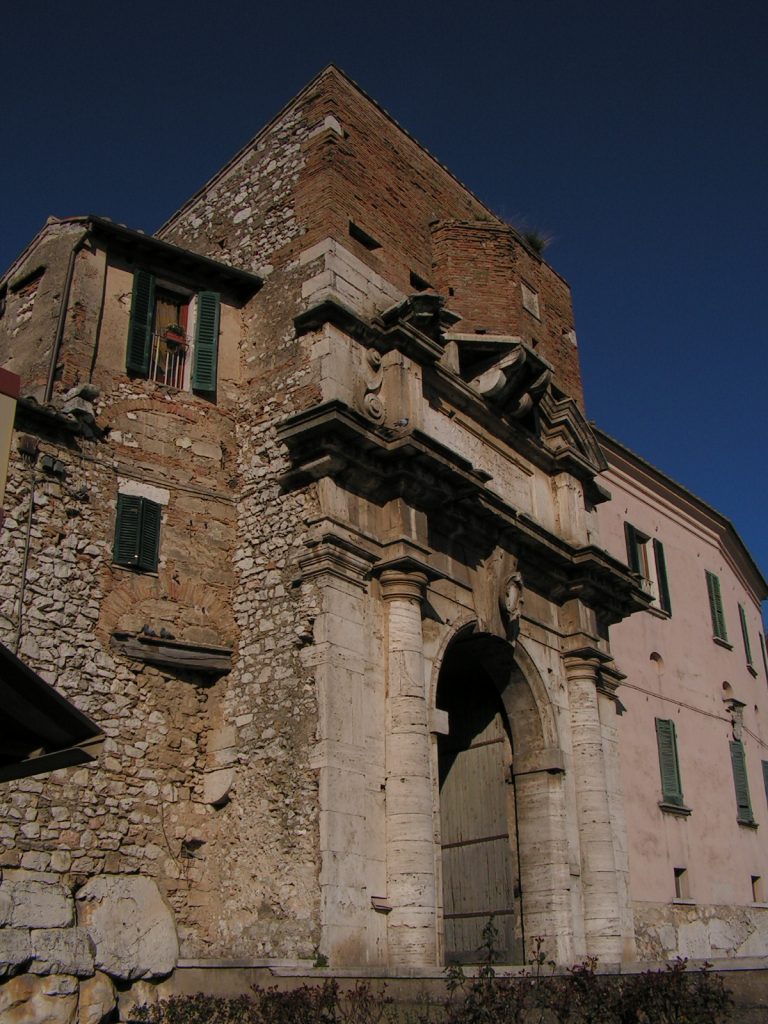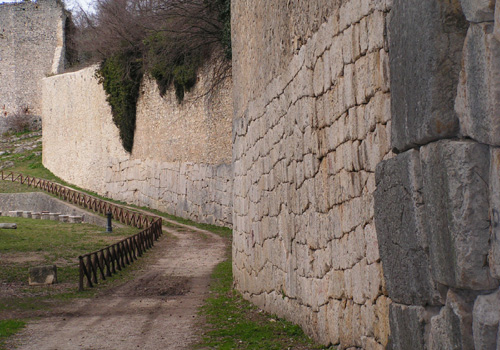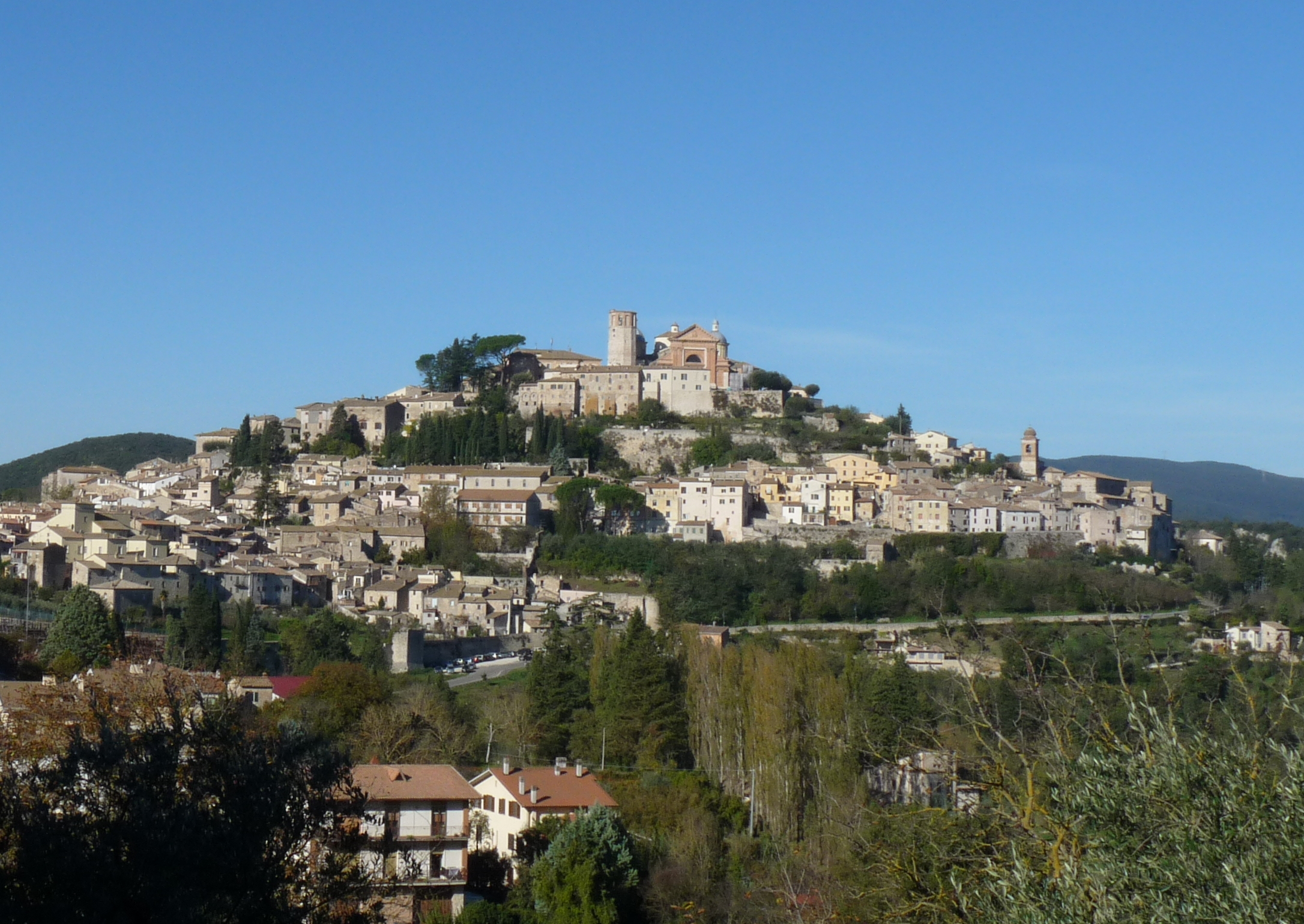Amelia it is an ancient village of Roman origin. A pearl nestled on hills ofUmbria, one step away from the border with Lazio. Rich is its historical, architectural and artistic treasure, enclosed within huge Roman walls, characterized by a four-door system.

Amelia, short story
To say that Amelia is a old village it is a bit of an understatement. Its original name is Ameria and is in fact the oldest village in Umbria and Italy. It was one of the first centers created in our country, the last survivor of a tradition that has its roots in the remote past of the beautiful country.
The myth would have it founded by King Ameroe. Turning his gaze to more concrete historical notes, however, Pliny the Elder reports what was written by Cato in the Origines, attesting to the foundation of Amelia in 1134 a. C.
Of crucial importance for the evolution of protohistoric cultures between Lazio and Umbria, with the first evidence relating to the village referring to the Bronze Age. The archaeological notions that have come down to us are somewhat fragmentary but allow us to identify a red thread. The continuity of life of the primitive settlement can be glimpsed, from the Iron Age to full archaism.
Myths and legends
The main legend of the village of Amelia concerns its foundation. It is believed to have occurred 964 years before the Perseus War. Umbria, Marche and Tuscany were, at that time, territories in which the Etruscans dominated, generating colonies.
The Etruscan populations used to choose places located high up, for a better defense, with adjacent waterways. Settlements that were referred to by common names, in most cases. Peoples with strong oriental influences, which leads to analyze the name Ameria, whose root could be Love, which in Arabic means home.
As evidence of the legend there are the remains of Megalithic Walls, dating back to the VII-VI century BC, to be admired near the Door of the Valley. One of the most important elements confirming the theory that paints this village as one of the first Italic centers.

Wanting to dig deeper, the name Ameria / Amelia is linked to the mythical founding king, Ameroe, legendary son of Atalante. It was here that he stationed his people. In 1134 BC, Cato the Censor reports, before the foundation of Rome, a community created a settlement in this area, calling it Ameria.
Myth and history are confused, with various documents that instead underline how King Ameroe is in reality a woman, also called Merope or Electra, wife of the king of the Umbrian-Etruscans. Expelled from the Sicilian peoples, she took the name of Amar from despair, the name of the place where she retired.
What to see in Amelia
Time in Amelia is as if it had stopped. A village rich in history and treasures, ideal for those who want to enjoy a well-deserved rest from the hectic modern life. The journey to discover this paradisiacal area begins with the Roman walls. This is what protects the entire historic center. Its construction dates back to the third century BC. C. and is characterized by interlocking limestone blocks. The enclosure boasts a four-door system, of which the most fascinating is certainly Porta Romana, from medieval times, 32 meters high. From here you can access the heart of the city, discovering the marvelous Palazzo Farattini, created as a preparatory study for the much more famous Palazzo Farnese in Rome.

On the highest part of the village dominates the Civic tower dodecagonale, to be visited at any cost. Along the way to reach it, however, you can dedicate yourself to visiting the church of Sant'Agostino, as well as of Piazza Marconi, whose flooring is partly original.
Finally, they deserve an interested look Cistern andamerine hypogeum. Underground cavities that reveal part of the life of ancient populations. These used to use them as a deposit and, if necessary, escape routes.





